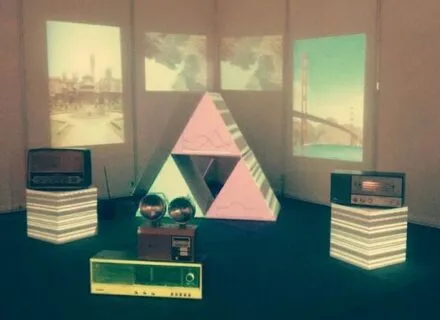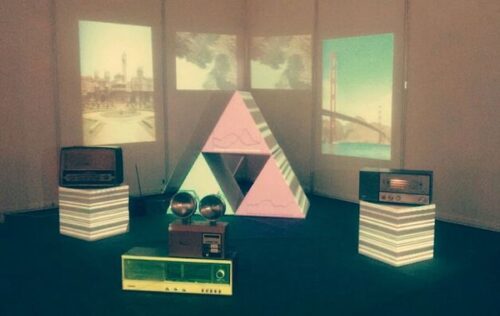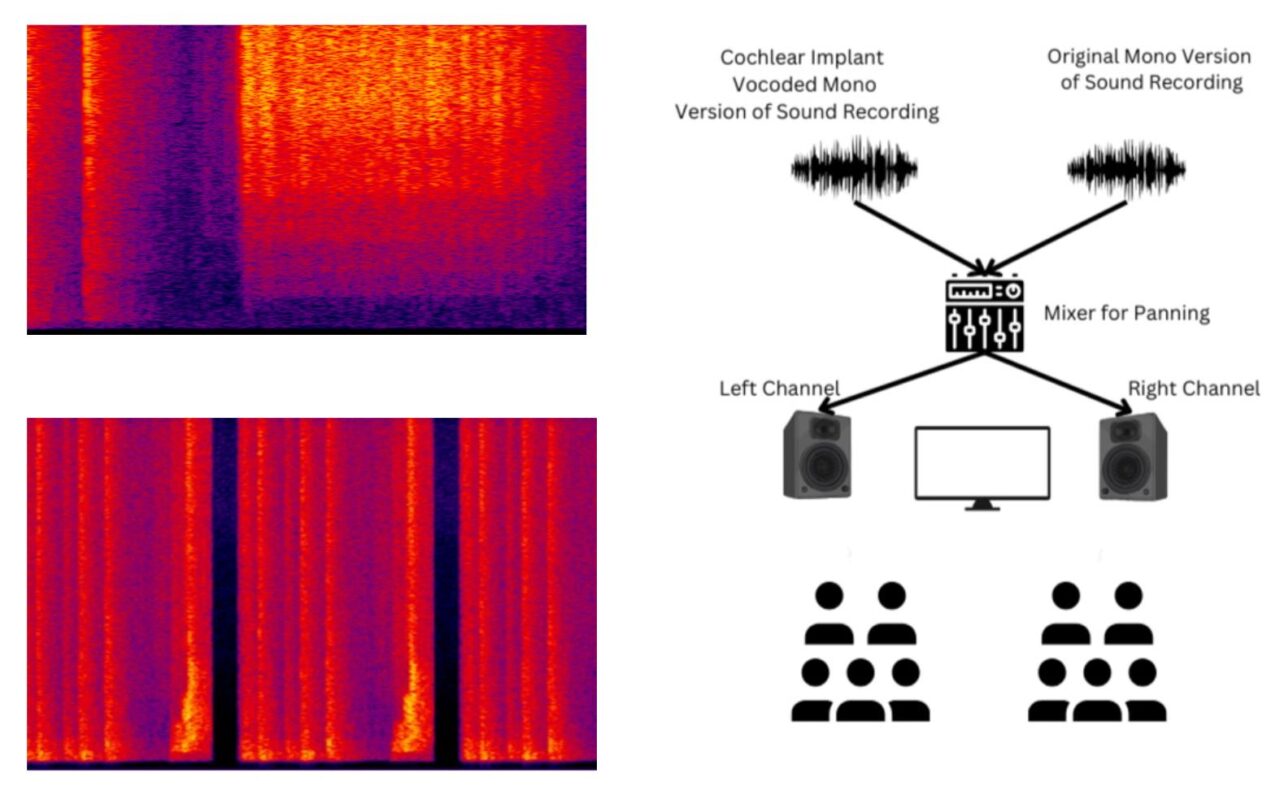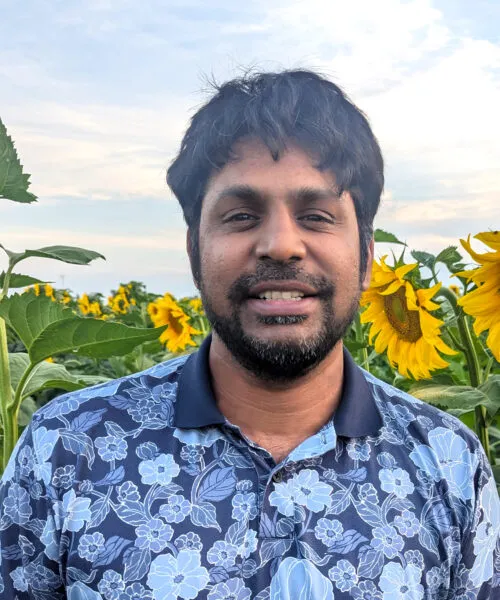About Dr. Ramakrishnan

Whose weather is it anyway? : A critical media exploration of machine listening infrastructures through sonification of weather data from from local airport sensors. (International Symposium on Electronic Art (ISEA), 2016).
Biography
Research Interests
Dr. Sharath Chandra Ramakrishnan (Sharath Chandra Ram)’s research concerns the design of cognitive media interfaces, with the capacity to augment our perception of information in the surrounding world using multimodal cues, especially auditory and haptic interfaces that can augment visual and graphical mediums. His doctoral research employed a socio-technical design approach to overcome limitations imposed by the current industrial-medical model of innovation concerning assistive hearing technologies, that were a result of a history rooted in oralism and a visually dominant conception of hearing disability and speech perception. While recognizing the importance and need for a trans-disciplinary agenda, his research framework spans the fields of human-machine interaction design in virtual environments, cognitive psychology, auditory cognition, sound studies and the media arts.
Previous Experience
Previously, as a Pre-Doctoral Research Associate, at the Edith O’ Donnell Institute of Art History (EODIAH), his work with cultural heritage informatics involved a web deployment of the virtual model of the Oplontis Villa excavation. He continues this collaboration to explore the representation of auditory imagery in cultural heritage, with emphasis on accessibility. He was also Research Associate at the National Institute of Mental Health and Neurosciences, Bangalore, India, in a project that funded by the Dept. of Biotechnology, Govt of India, to study the capacity limits of information processing and networks of multimodal cognition. Subsequently, in a departure from clinical neuroscience, he was Faculty at the Srishti Manipal Institute of Art Design and Technology where he advanced a technical practice that integrated the cognitive sciences and media arts, and was also a Design Engineer at Schneider Electric working with the design of critical alarm interfaces in industrial automation environments.
His current research trajectory involves efforts that extend to more than a decade of being involved in community media networks, grassroot technology activism and communications technology design. This included setting up a technology policy and community lab at the Center for Internet and Society, Bangalore, India and involvement in several networks in South Asia and South America (HONF Foundation in Indonesia, Bricolabs, Plato Hedro in Colombia, to name a few). As a licensed amateur radio broadcaster (callsign: VU3HPA) he continues to extend his creative technology and media arts practice as a ‘transmission artist’ in various international curations and forums, to engage the public while addressing contexts that bridge the worlds of media, science and tech policy.

Whose weather is it anyway? : A critical media exploration of machine listening infrastructures through sonification of weather data from from local airport sensors. (International Symposium on Electronic Art (ISEA), 2016).
Education
- M.S. in Artificial Intelligence, School of Informatics, The University of Edinburgh.
- Ph.D. in Arts, Technology and Emerging Communication, School of Arts & Humanities, The University of Texas at Dallas.
Research and publications
Ongoing and upcoming research
Designing acoustic ecologies through the Art and Science of listening.
How can experimental media art practices be used to create new spaces for participatory listening and auditory cognition?

Participatory sense-making of music perception (Cochlear Rhythms, 2023).
Exploring Auditory Imagery and accessibility through Immersive Virtual Cultural Heritage projects.
How can immersive virtual environments be augmented with interfaces to auditory information and become social spaces for discussing and experiencing sensory diversity?

Scene from virtual web rendering of Oplontis Villa A. Collaborators: Edith O’ Donnell Institute of Art History, Dr. John Clarke (UT Austin), Dr. Anne Balsamo and Dr. Micheal Thomas (UT Dallas).
Data Stethoscope : Listening to Data
How to design information sonification techniques to augment and address limitations of visualization, by employing certain unique perceptual capacities of human and non-human listening?
Selected publications
Please refer to CV for Publications and Proceedings.
Teaching and advising
Classes taught
- Advanced Interaction Design (ARTD 418)
- Interaction Design (ARTD 318)
- Interaction-1 for New Media (ARTS 244)
